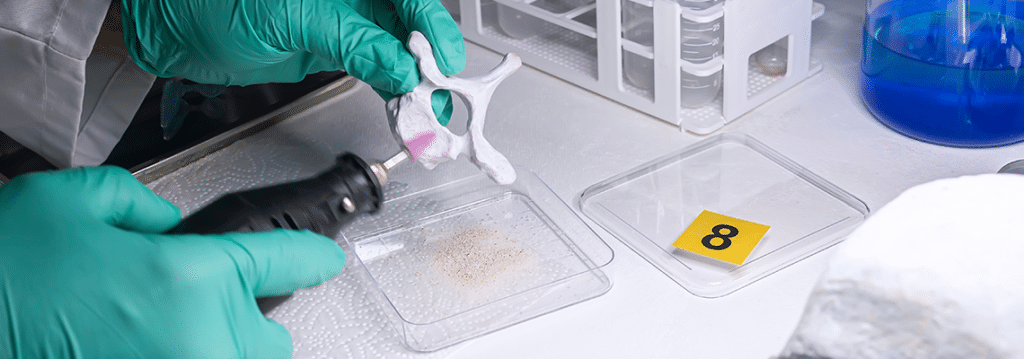Grant amendments as a tool for making the most of DNA backlog reduction funds
June 18, 2019
The National Institute of Justice awards over $200 million annually in grants for DNA testing/improvements, backlog reduction, and forensic initiatives. As of 2018, up to $70 million is available for Capacity Enhancement for Backlog Reduction alone. These grants are a lifeline for labs to catch up on delayed analysis.
Generally, applicants must have described on the front end how potential funding would be used. But it’s possible to retroactively amend these details.
For example, let’s say you applied for an award to support advanced technical staff to handle sperm extraction. Several months later, it’s clear that some of the funding should be directed to evaluating a new workflow that achieves similar efficiencies, even when performed by staff with less training. In this case, an extension won’t help. You need a change of direction.
“A grantee may make minor changes in methodology approach, or other aspects of the grant to expedite achievement of the grant’s objectives, without initiating a Grant Adjustment Notice (GAN),” according to OJP’s “Adjustments to Awards” guidelines. “However, changes in scope, duration, activities, or other significant areas are changes that require prior approval from the bureau or program office through a grant adjustment notice.”
If your change request falls within one of these scenarios, you may be free to proceed:
- The total award is less than $100,000 and the project scope doesn’t change.
- The total award is over $100,000, but the change complies with the “ten percent rule.” That means the grantee is moving less than 10 percent of the total award amount.
- Altering the project’s purpose or programmatic activities (e.g., switching from paying staff to evaluating new tools)
- Transferring funds to a cost category that wasn’t included in the original approved budget (e.g., consumables)
Applying for a GAN may be necessary for re-allocating funding that’s already been approved through a NIJ grant. And evaluating a new method to accelerate your backlog may be well worth the (electronic) paperwork required. To test SpermTrap in your lab, send inquiries to InnoGenomics at [email protected].

